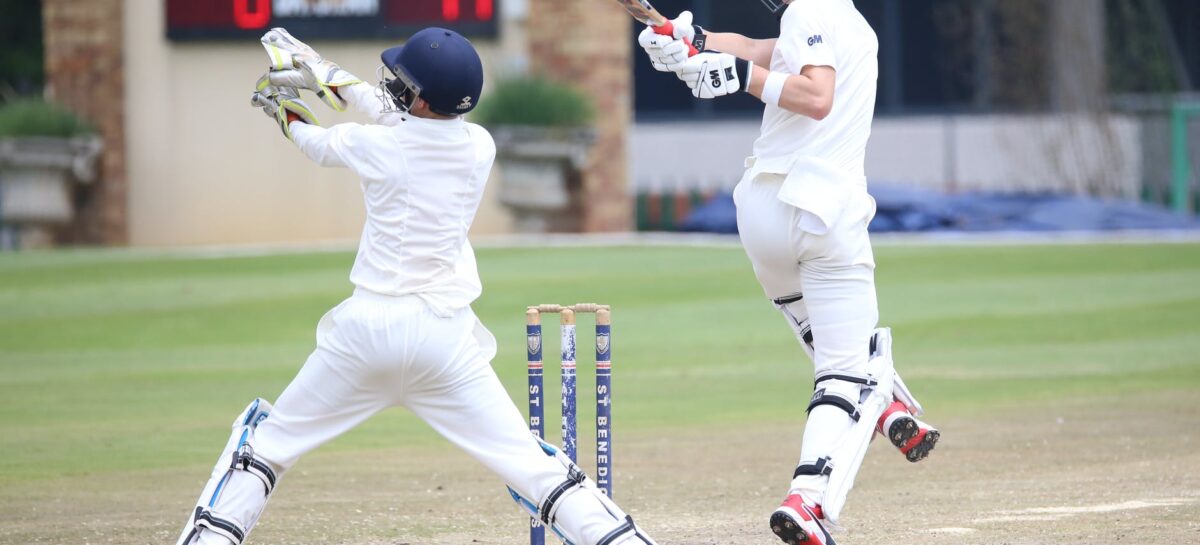As sportspersons and their fans know, injuries are a part and parcel of sport. From cricket to soccer, rugby to diving, horse-riding to cycling, boxing to equestrian, there are a whole lot of contact or non-contact sports where players are vulnerable to injuries in one or more parts of the body. But again, not all injuries are the same.
While sprains, muscle tears, fractures and bruises are not serious and the person recovers eventually, there are a whole lot of injuries to the head that can cause long-term damage. According to Practical Neurology, a leading medical journal, sports related head injuries number anywhere between 1.6 to 3.8 million, annually, worldwide. The actual number after adding unreported cases can be higher.
Cricket is a hugely popular sport in former British colonies including India. Cricketers are prone to head injuries due to a fast ball that hits the head or helmet, as well as damage to the brain caused by violent collisions on the field. While some of these injuries can be very serious and end one’s career in sports, some may not be so catastrophic but nevertheless cause long-term damage. The Journal of Neurosurgery has published a list of injuries sustained by international cricketers from 1870 to 2015.
If you or any of your dear ones play cricket or any sport where there can be serious impact, it is important to be aware of the risks.
Types of head injuries
Craniofacial trauma in sports, where the head or face suffers some damage, can be classified into: open Head injuries and closed head injuries.
- In open head injuries, a hard or sharp object has penetrated the skull causing significant injury to brain tissue.
- In closed head injury, the skull has not been penetrated and may have only suffered a crack. However, the shock or the impact has caused mild or significant damage to brain tissue.
- Even if the head is not directly hit, there can be damage to brain tissue as the brain is suspended in a fluid within the skull. Physical impact as in the case of collisions between players on the field (or head-banging by rock stars) can cause the brain to knock around inside the hard skull and sustain damage to tissue.
Traumatic Brain Injury (TBI) is an umbrella term used to describe any kind of physical injury sustained by the brain and its short or long-term consequences. There are various types of TBI, depending on the type and scope of damage.
- Mild Head Injury (MHI) or Mild Traumatic Brain Injury (MTBI): Here, the injury may cause the person to lose consciousness or have an altered state of mind for some time. There may also be a loss of memory about the events immediately before and after the injury. Generally, the person returns to a normal state within 24-48 hours.
- Cumulative Mild Head Injury (CMHI): Mild Head injury that happens repeatedly in childhood, adolescence, or adulthood can cause cognitive or neurological damage that will be more and more apparent with time. It can cause another condition called as Chronic Traumatic Encephalopathy (CTE).
- Concussion: With concussions, the person who has suffered a head injury shows symptoms such as headaches, altered state of consciousness, disturbance of vision, loss of balance, confusion etc.
- Second Impact Syndrome: This happens when a person who has suffered MTBI or concussion in the past and is recovering, suffers a second injury. This can cause serious neurological damage and even death.
- Diffuse Axonal Injury (DAI): This happens when the brain has twisted or rotated inside the skull due to acceleration-deceleration trauma. This causes serious damage to executive functions of the brain such as attention span, working memory, and the ability to process information quickly.
Diagnosis and Treatment of Concussion
Concussion is diagnosed and treated by expert neurologists and neurosurgeons at reputed hospitals. To begin with, the specialist will record the symptoms experienced by you and grade the concussion this way:
- Grade 1 (Mild): The person did not lose consciousness but had temporary confusion. Further, the symptoms resolved or disappeared in 15 minutes time.
- Grade 2 (Moderate): The person did not lose consciousness but had temporary confusion. However, the symptoms lasted for more than 15 minutes.
- Grade 3 (Severe): There was temporary or prolonged loss of consciousness
The doctor will then conduct various tests to assess the level of cognitive or neurological damage. Based on the findings, the doctor will initiate next steps.
Conclusion
If you or any of your dear ones has suffered a blow to the head, whether mild or significant, recently, do not take it lightly. Consult a best neurologist at a reputed hospital. He/she will assess the impact and initiate the right course of treatment for quick recovery and rehabilitation.
Kauvery Hospital is globally known for its multidisciplinary services at all its Centers of Excellence, and for its comprehensive, Avant-Grade technology, especially in diagnostics and remedial care in heart diseases, transplantation, vascular and neurosciences medicine. Located in the heart of Trichy (Tennur, Royal Road and Alexandria Road (Cantonment), Chennai, Hosur, Salem, Tirunelveli and Bengaluru, the hospital also renders adult and pediatric trauma care.
Chennai – 044 4000 6000 • Trichy – Cantonment – 0431 4077777 • Trichy – Heartcity – 0431 4003500 • Trichy – Tennur – 0431 4022555 • Hosur – 04344 272727 • Salem – 0427 2677777 • Tirunelveli – 0462 4006000 • Bengaluru – 080 6801 6801



